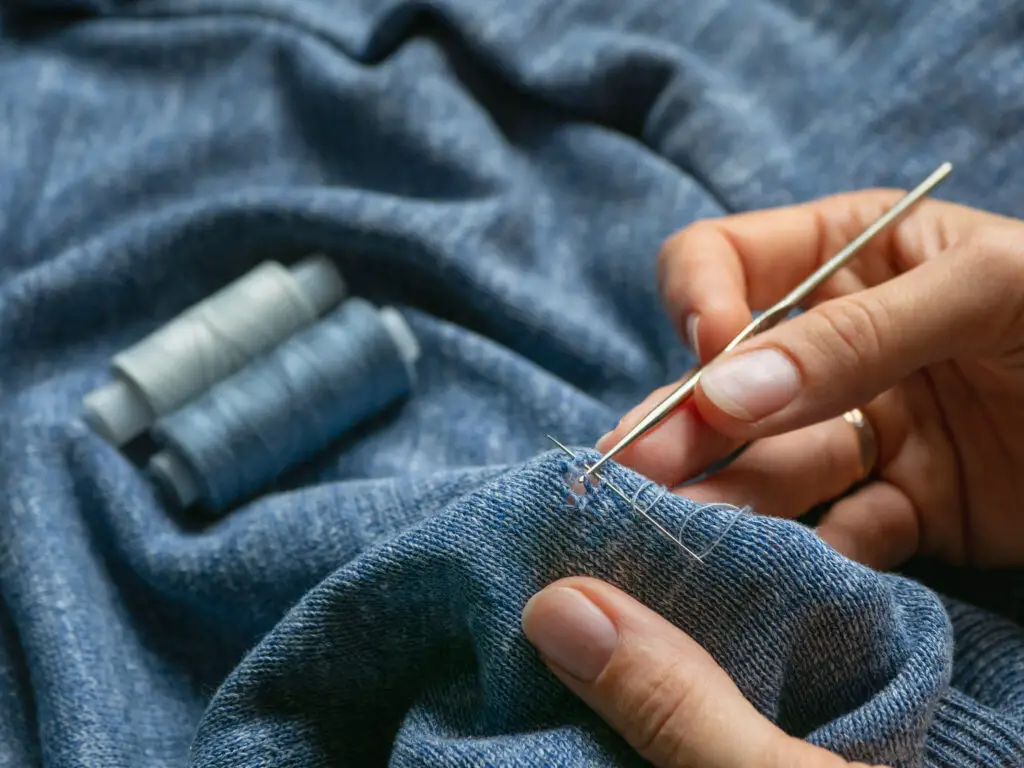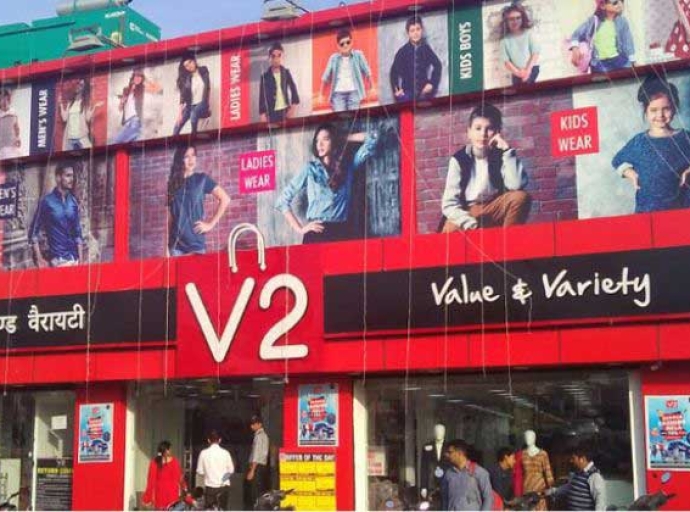Growing demand for clothing repair and re-wear services

26 August 2023, Mumbai
The growing consumer awareness regarding sustainable and environmentally-friendly clothing is fueling an increase in the demand for clothing repair and re-wear services by high-end brands worldwide.
Reference to context
Growing consumer demand for sustainable fashion is driving the adoption of scalable repair services. Japan is a leader in this space, and governments are promoting repair services to reduce waste.
Challenges of providing repair services
Employing the principle that a timely fix prevents greater issues, numerous prominent fashion companies are establishing scalable and profitable after-sales repair services to extend the lifespan of their products. This endeavor comes with challenges related to logistics and workforce management, which they are actively overcoming.
The role of Japan in the repair and recycling sector
Leading the forefront of this movement is Japan, where local brands have long been engaged in repairing traditional kimonos through in-house services. They are now expanding this restorative ethos globally by collaborating with international brands.
The global adoption of repair services
On a global scale, premium brands including Patagonia, Nudie Jeans, Zara, Levi’s, and Uniqlo, among others, are introducing repair services with a strong focus on sustainability and waste reduction.
Even fast-fashion giant Uniqlo now offers repair services at select stores in Japan, specializing in tasks like mending tears, adding embroidery to existing clothing items, conducting alterations, and addressing issues like torn puffer jackets and damaged jeans.
Government initiatives to promote repair services
Similar initiatives are emerging in Europe as well. The French government recently announced plans to subsidize clothing and shoe repairs to minimize waste starting from October 2023. Inditex, the company behind Zara, is expanding repair services across major markets and has already introduced mending services in Britain.
H&M has partnered with a startup for its 'Close the Loop' program, encouraging customers to deposit used clothing in in-store recycling bins and receive vouchers for future purchases.
Similarly, Sephora has launched 'Beauty (Re) Purposed' to address hard-to-recycle packaging waste, successfully reaching its target audience and driving profits.
Challenges of the repair-and-re-wear apparel sector
Nevertheless, major retailers are grappling with a shortage of skilled labor as they strive to meet the growing demand for clothing repair and re-wear. This segment requires specialized skills and focused effort, which many young employees are not inclined to pursue.
Additionally, the prevalence of affordable fast fashion means that the average middle-class shopper might not have the financial means or motivation to invest in repairing old garments.
The repair-and-re-wear apparel sector promotes brand loyalty and longevity, yet it remains a niche market that is just beginning to gain momentum.
Latest Publications

































